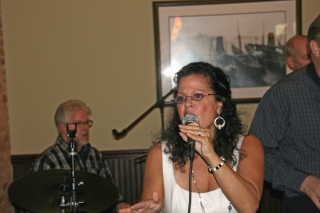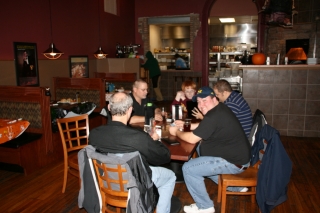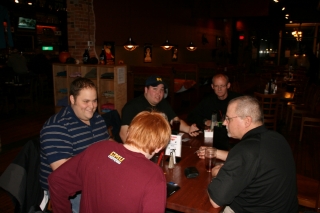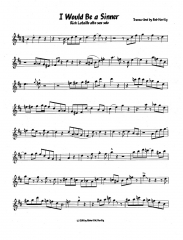My book The Giants Steps Scratch Pad is enjoying modest success. While it’s not flying off the shelves, musicians are buying it, and I find that gratifying because I haven’t done much to market it other than display it on this and a couple of other jazz websites, and run a few ads in Craigslist.
Available in separate editions for C, Bb, Eb, and bass cleff instruments, the book supplies 155 licks and patterns designed to help jazz instrumentalists master the Giant Steps cycle. To the best of my knowledge, there’s no other resource out there like it that helps musicians actually practice Coltrane changes. The closest I’ve seen has been for guitar players.
But enough about that. If you want to learn more about The Giant Steps Scratch Pad, visit my sales page. This post is to announce the upcoming release of a new edition of the Scratch Pad that covers all 12 keys.
I’ve had this edition in mind for a while. I finally got the project underway but have held back announcing it until I felt certain that I’d see it through to completion. Today, with just three keys left to go, I think it’s safe to say that this new, all-keys edition is gonna happen. I hope to wrap up the main grunt work within the next few days. I wish it was as easy as simply hitting the transposition button on MuseScore, but while transcription software is great, it doesn’t eliminate the need for hands-on editing. So I’ve been sifting through each key page by page, changing the range where necessary, correcting wrong notes, inserting and deleting accidentals, and so forth.
Once I’m finished, I’ll proofread the results to make doubly sure that the manuscript is glitch-free. Then I’ll assemble the whole lot and make it available as a PDF download. I will not offer it as a print edition through Lulu.com unless I get requests to do so. Judging from my sales of the present editions, people would much rather download the PDF and get the guts of the book instantly for cheaper rather than pay the shipping costs (even though the full-color cover looks sooooo sharp!). And I’m fine with that. Prepping a print edition is a lot of extra work; I have to charge more for it in order to make less than half the profit; and Lulu’s insistence on putting a single, slim book inside a cardboard box that costs nearly $4.00 to ship is just plain crazy, not to mention a sales-killer.
Anyway, stay tuned. It’ll still take a week or two, but The Giant Steps Scratch Pad for all 12 keys is on the way. I haven’t determined the price yet, but it’ll be reasonable, something that’ll let you still pay your utility bills while helping me to pay mine. I should add that this edition is written in treble clef. I may do a bass clef edition in all 12 keys as well–I’m not sure right now. One thing at a time.
















